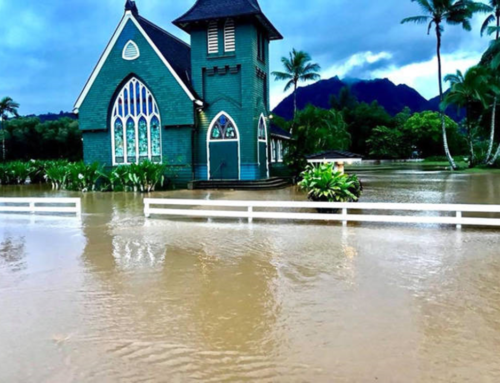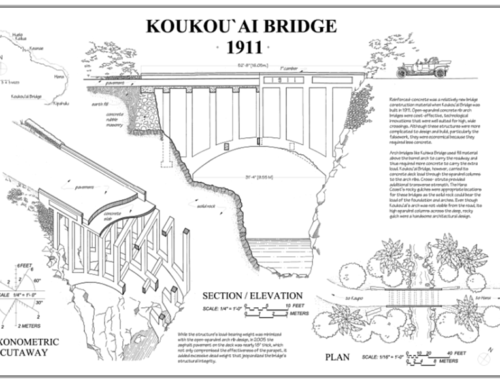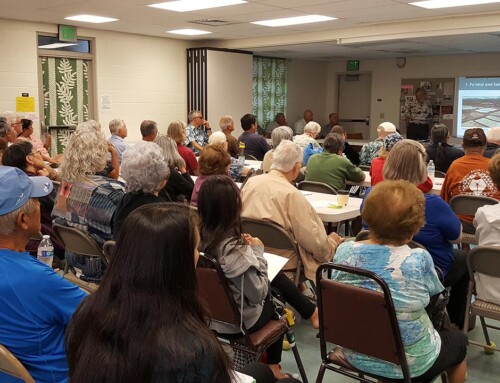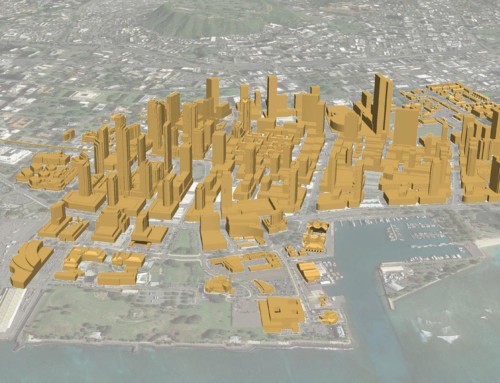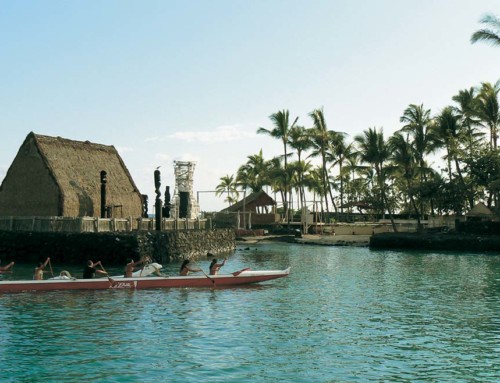Amidst much discussion of the Honolulu High Capacity Rapid Transit it is important to understand the various review processes in place to help protect historic resources impacted by the project. The process preservationists are most familiar with is Section 106 of the National Historic Preservation Act (NHPA) which requires any project with federal involvement to take into account effects on historic resources. The National Environmental Policy Act (NEPA) also includes disclosure about impacts to historic and cultural sites. For transportation projects, there is another law that also concerns the protection of historic resources, known as Section 4(f).
Section 4(f) is part of the Department of Transportation Act of 1966. Becoming law the same year as the NHPA, Section 4(f) was meant to reflect an effort of federal transportation policy to preserve the beauty and integrity of publicly owned parks and recreation areas, waterfowl and wildlife refuges, and historic sites considered to have national, state, or local significance.
Section 4(f) stipulated that the Federal Highway Administration (FHWA) and other Department of Transportation (DOT) agencies cannot approve the use of land from a “4(f) resource” unless there is no feasible and prudent alternative to the use of the land and the action includes all possible planning to minimize harm to the property resulting from use.
In instances where section 4(f) relates to historic resources, Section 106 of the NHPA is an integral part of the Section 4(f) process. The most important connection between the two statutes is that the Section 106 process is generally the method by which a cultural resource’s significance is determined for a federal undertaking under Section 4(f). Because of the similarities between Section 4(f) and Section 106, the relationship between the processes can be confusing. The most important difference between the two is the way each of them measures impacts to cultural resources. Section 106 is concerned with adverse effects, while Section 4(f) is concerned with use. The two terms cannot be used interchangeably.
If a project uses a 4(f) resource—whether it is through a fee simple acquisition, a permanent or temporary easement, or constructive use, meaning that the project does not physically incorporate the property but is close enough to severely impact activities associated with it and substantially impair it in the eyes of the DOT—then these uses must be avoided, minimized or mitigated.
Section 4(f) requires that if it is “feasible and prudent” to do so, then 4(f) resources must be avoided. If no feasible and prudent avoidance alternative exists then the alternative that will cause the least harm must be selected.
Section 4(f) provides the strongest protection for historic resources of any federal law as it requires the federal agency to choose alternatives that avoid the use of historic resources if it is possible to do so.




